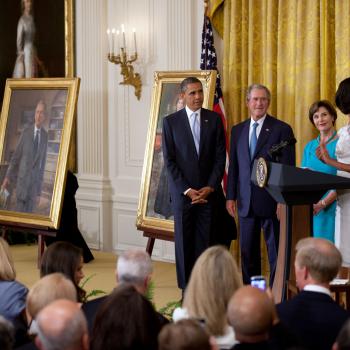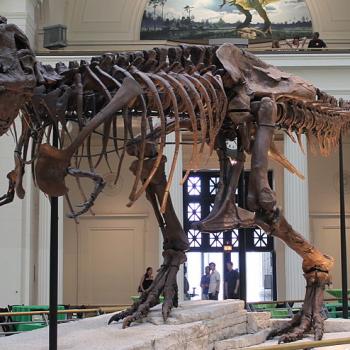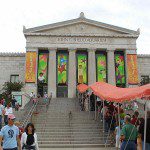Holland, region of the Netherlands, that is, accessible at Holland.com.
Holland, town in west Michigan, accessible at Holland.org.
The first Holland has windmills. Lots of windmills. Pictured below, the windmill museum in Leiden.
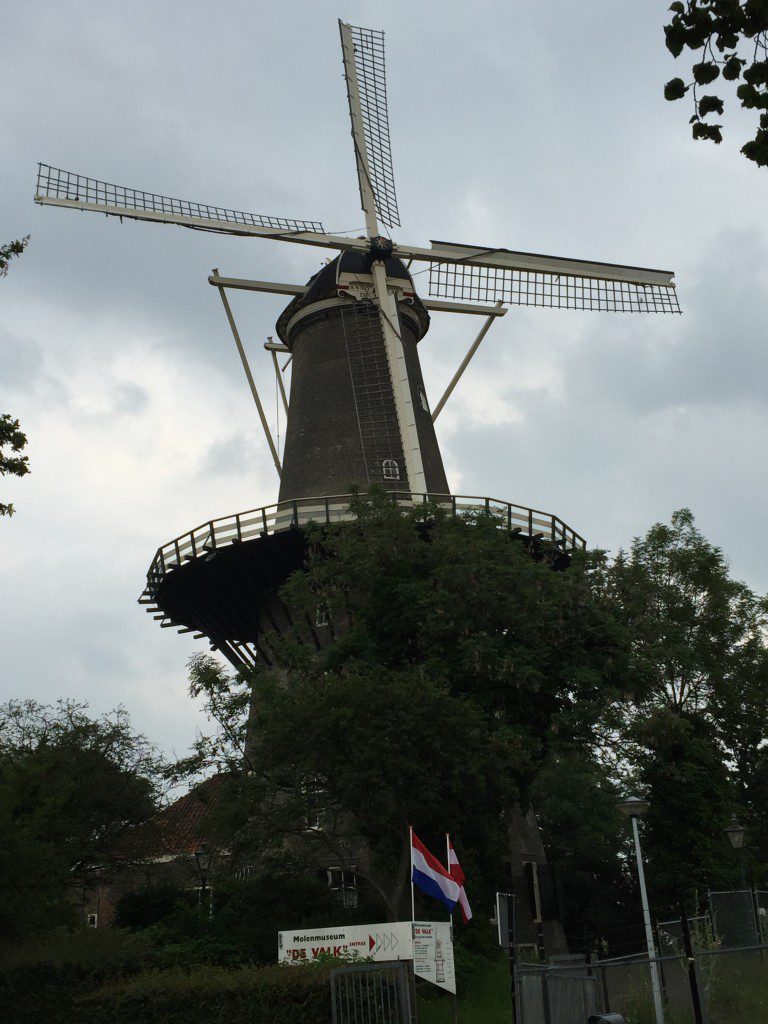
The second Holland has a windmill, too, brought over from the Netherlands in 1964.
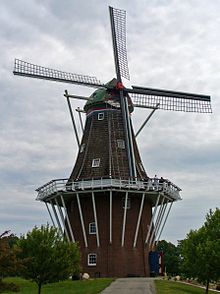
The first Holland also has canals, and boats, and interesting streetscapes, and the Atlantic coast.
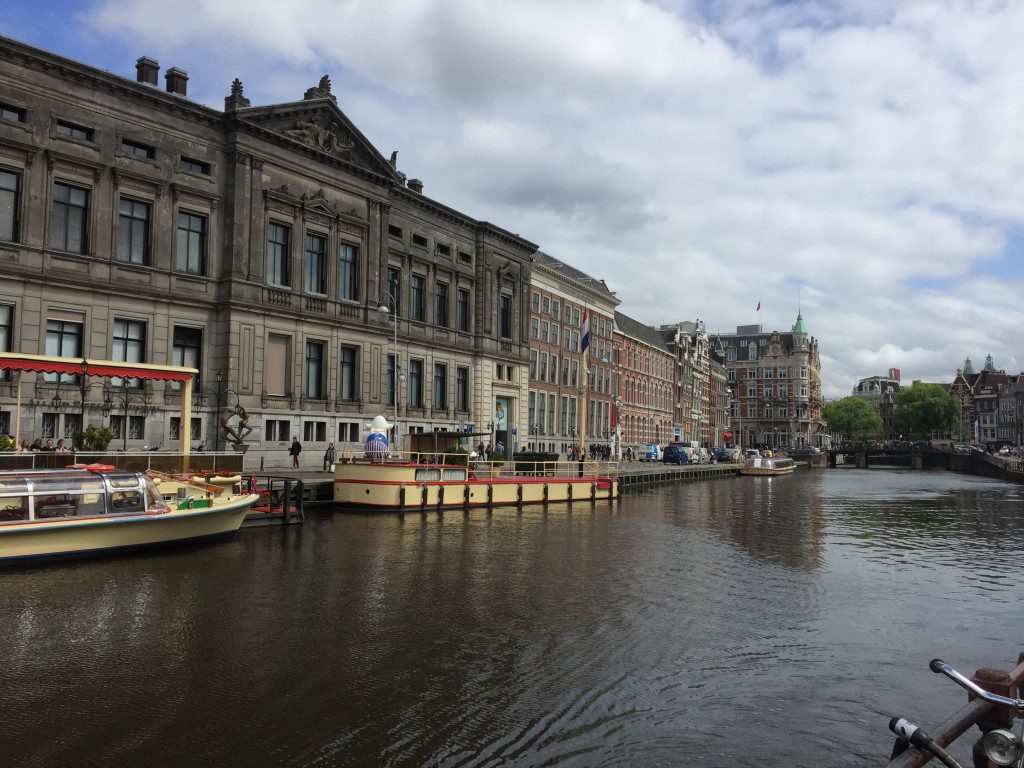

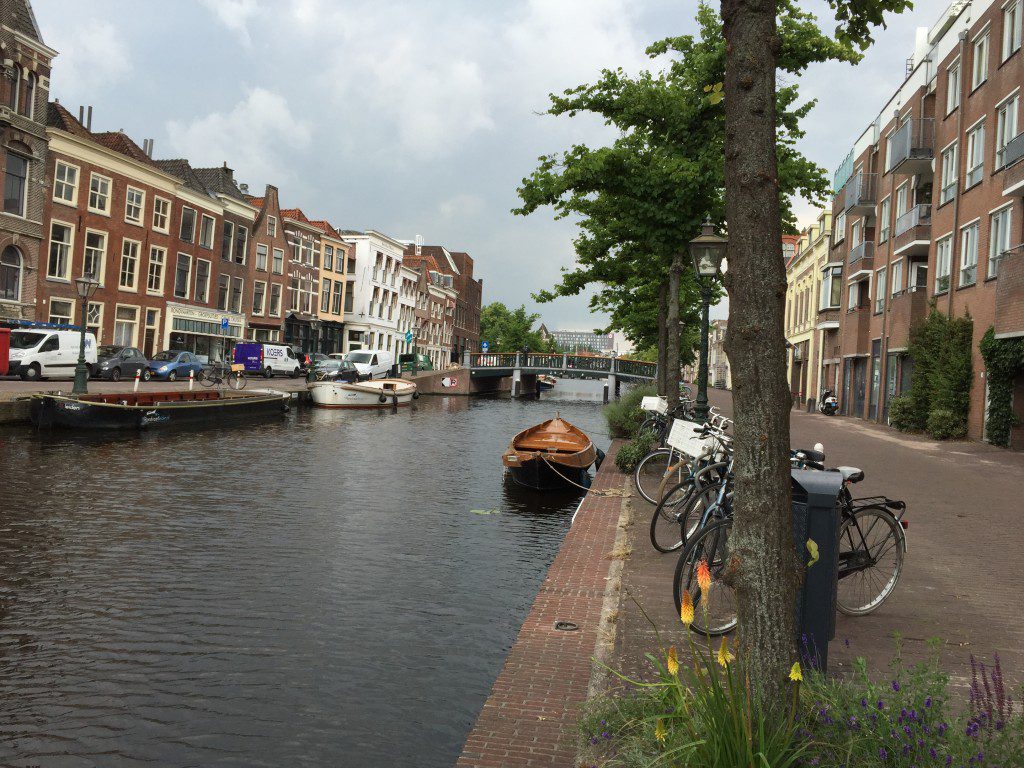
The second Holland? Well, there’s a cute shopping district
![https://commons.wikimedia.org/wiki/File%3AHolland%2C_MI_Downtown.jpg; By GD333 (Own work) [CC BY-SA 4.0 (http://creativecommons.org/licenses/by-sa/4.0)], via Wikimedia Commons](https://wp-media.patheos.com/blogs/sites/533/2017/08/Holland_MI_Downtown.jpg)
![https://commons.wikimedia.org/wiki/File%3AHolland_Harbor_Lighthouse_2.jpg; By Rodney Campbell (Holland Harbor Lighthouse) [CC BY 2.0 (http://creativecommons.org/licenses/by/2.0)], via Wikimedia Commons](https://wp-media.patheos.com/blogs/sites/533/2017/08/800px-Holland_Harbor_Lighthouse_2.jpg)
The two Hollands also share support of biking, though in the city of Holland it takes the form of wide bike-permitting sidewalks on the roads outside the city proper (per the bike path brochure), where you can sometimes see intrepid bikers travelling from downtown Holland to the beach, unlike the Dutch using their bikes as a routine mode of transportation.
But this all has me thinking about tourism, and tourist attractions. Both sites have what I’d call “organic” tourist attractions to a greater or lesser degree, mixed in with manufactured/purpose-built tourist attractions. Neither of these terms are anything I’ve heard before, but, at the same time, I’ve never seen a discussion of the topic, either.
The windmills? All over the place, and the Leiden windmill open for touring was certainly historic, though a second windmill in the city was a reconstruction. In Holland, Michigan, the windmill was imported for the purpose of tourism, and a “Dutch Village” was likewise purpose-built, advertising “since 1958” thought it now looks rather sad and lonely as you pass it on the main road out of town, dwarfed by the outdoor mall next door. (I was surprised at the many positive reviews for this place, which seems to be largely due to a certain weeding-out process; it’s a destination for families with small children or seniors, due to the kid-friendly rides, petting zoo, etc.; people with higher expectations just wouldn’t have gone there in the first place.) I have the impression that a generation ago, Holland focused on the Dutch-themed attractions to draw tourists, from the Dutch Village to the windmill to the tulip farm and the wooden shoe factory, but now they aim to draw visitors to the beach, and the shopping (with heated sidewalks) and restaurants.
And Holland, The Netherlands, isn’t without its manufactured tourism, as several of the most heavily-promoted activities in Amsterdam were, well, artificial, in particular, the Heineken Experience, and Madame Toussaud’s wax museum, which is right smack-dab in the center of town (although this isn’t anything to get excited about, given that “center of town” means “next to the red-light district and the coffeeshops”); regular readers will know that I wasn’t too impressed by Amsterdam) and its tourist attractions seemed scant relative to its popularity, especially if you’re not going to be hauling your kids to art museums.
But the reality is, it’s a lot easier for European towns, with castles and churches and walled cities and museum-worthy accumulations of stuff (both their own cultural patrimony and acquisitions from their days as colonial powers), to offer these organic tourist attractions, than your generic American town, where the “tourist attractions” end up being these sort of tacky for-profit ventures for lack of alternatives, and largely aimed at the crowd looking for rainy-day alternatives, e.g., at the Wisconsin Dells, where the main draw is the waterparks, and the Ripley’s Believe It or Not, the Wondertorium, and the like mostly serve to fill in the gaps in tourists’ days. And American museums have had to pay for every Old Master or Impressionist or other famous artwork they display, except to the extent that they have been fortunate enough to have had donors in the past.
(Science museums seem to be somewhere in the middle — sometimes they’re filled with cool artifacts, like the “first computers” or historic airplanes, spacecraft, or rockets; sometimes they’re all about the bells and whistles of demonstrations and activities.)
So what’s my point?
I suppose my first gripe is when Americans, and midwesterners in particular, are simultaneously criticized for being uncultured, and at the same time, lectured that they should reduce their carbon footprint by choosing not to fly anywhere.
And my second gripe is with the idea that a town can simply decide to “reinvent” itself as a tourist destination, and use this as a means of turning around its economy, without any organic sort of appeal in terms of historic sites, natural sites, etc. It seems to me that I read not long ago the recommendation that West Virginia and other towns hit hard by the decline in coal-mining build up their tourist infrastructure and create tourist attractions with this objective. After all, in order for this to work, you either need for Americans to increase their vacation time, or you need to take vacation-consumers away from other sites. (I suppose there’s a sort of “natural increase” in tourism insofar as the population grows, in general. But I’ve certainly not read of Mexican immigrants as an untapped demographic for tourism to small towns building up their antique shops.)
Besides which, tourism in so many towns is so seasonal that it’s the classic “job Americans won’t do” because it really has to capture the workforce that’s available for a short period of time (e.g., just the summer or just the winter) and/or willing and able to pull together other employment during the off-period. Does a ski instructor in the winter, work at a beach resort in the summer? Even the classic summer job for college students isn’t as easy to pull off when you want your workforce there from Memorial Day to Labor Day and kids need to be back to school in mid-August.
Of course, that being said, if I were to create a “manufactured” tourist attraction, it would be my Museum of Art History, with its exhibits consisting of reproductions of famous works of art that visitors can touch, rather than being separated from by an alarm, and with a preference for showing items as they would have appeared when first produced, e.g., the painted appearance of what now are all-white Greek marble statues. I’d even franchise it, or set up a chain of locations, with one in every museum-underserved town.





